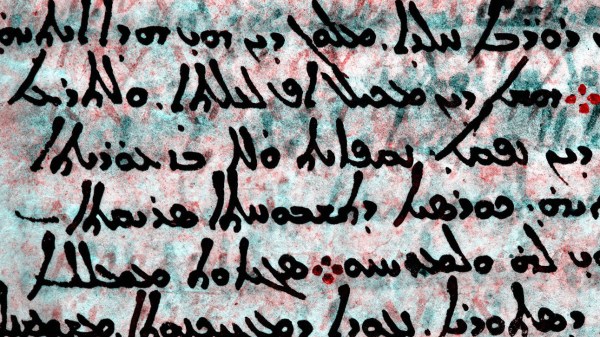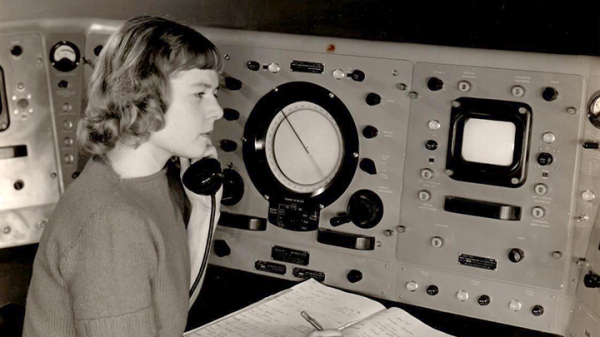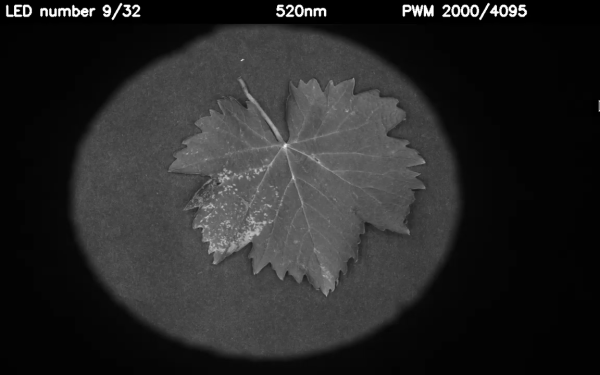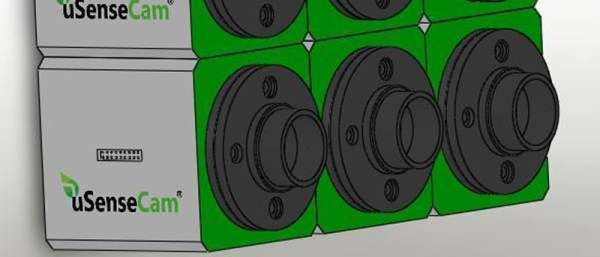The Landsat series of earth observing satellites is one of the most successful space programs in history. Millions of images of the Earth have been captured by Landsat satellites, and those images have been put to use for fields as divers as agriculture, forestry, cartography, and geology. This is only possible because of the science equipment on these satellites. These cameras capture a half-dozen or so spectra in red, green, blue, and a few bands of infrared to tell farmers when to plant, give governments an idea of where to send resources, and provide scientists the data they need.
There is a problem with satellite-based observation; you can’t take a picture of the same plot of land every day. Satellites are constrained by Newton, and if you want frequently updated, multispectral images of a plot of land, a UAV is the way to go.
[SouthMade]’s entry for the Hackaday Prize, uSenseCam, does just that. When this open source multispectral camera array is strapped to a UAV, it will be able to take pictures of a plot of land at wavelengths from 400nm to 950nm. Since it’s on a UAV and not hundreds of miles above our heads, the spacial resolution is vastly improved. Where the best Landsat images have a resolution of 15m/pixel, these cameras can get right down to ground level.
Like just about every project involving imaging, the [SouthMade] team is relying on off-the-shelf camera modules designed for cell phones. Right now they’re working on an enclosure that will allow multiple cameras to be ganged together and have custom filters installed.
While the project itself is just a few cameras in a custom enclosure, it does address a pressing issue. We already have UAVs and the equipment to autonomously monitor fields and forests. We’re working on the legality of it, too. We don’t have the tools that would allow these flying robots to do the useful things we would expect, and hopefully this project is a step in the right direction.



















